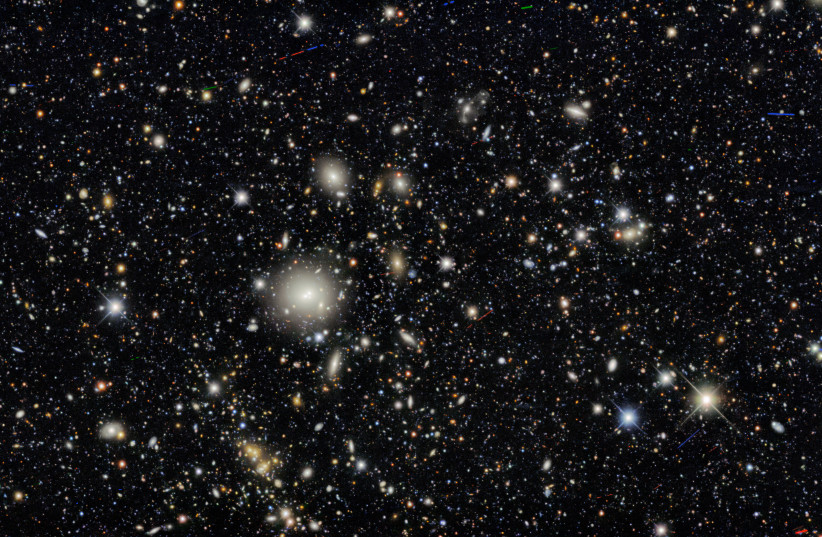NASA's "Roman" space telescope is scheduled to join the European Space Agency's (ESA) space telescope "Euclid" to investigate what is causing the increasing rate of expansion of the universe, NASA announced earlier this week on its website.
The Euclide is set to launch next month and, by May of 2027, Roman will join the space mission.
The NASA announcement quotes Jason Rhodes, a senior research scientist at NASA’s Jet Propulsion Laboratory in Southern California as saying, "Twenty-five years after its discovery, the universe’s accelerated expansion remains one of the most pressing mysteries in astrophysics.” NASA goes on to note that they are thus far uncertain whether the dark energy, that is the unknown force driving the accelerating universe expansion, is the result of one or both of some accessory energy, or whether science is currently lacking some crucial understanding of how gravity works.
"With these upcoming telescopes, we will measure dark energy in different ways and with far more precision than previously achievable, opening up a new era of exploration into this mystery," Rhodes added.
Why are both telescopes required?
"Together, Euclid and Roman will add up to much more than the sum of their parts," senior research scientist at Caltech/IPAC Yun Wang said. The NASA announcement detailed how Euclid will observe roughly 15,000 degrees, about one-third, of the sky, looking 10 billion years into the past. Meanwhile, Roman will observe a comparatively much smaller proportion of the sky, roughly 2000 degrees, but will have the ability to observe at far greater precision and depth. It will be able to look back 11 billion years.

The telescopes will work synergistically. While Euclid will be used to probe large swaths of space, Roman's precision will be able to provide corrections and depth to the former's observations.
"Roman and Euclid will each create a 3D dark matter map," NASA reports. The data these telescopes will proved will give astronomers a much clearer image of how dark matter attracts gravity and bends lights.
